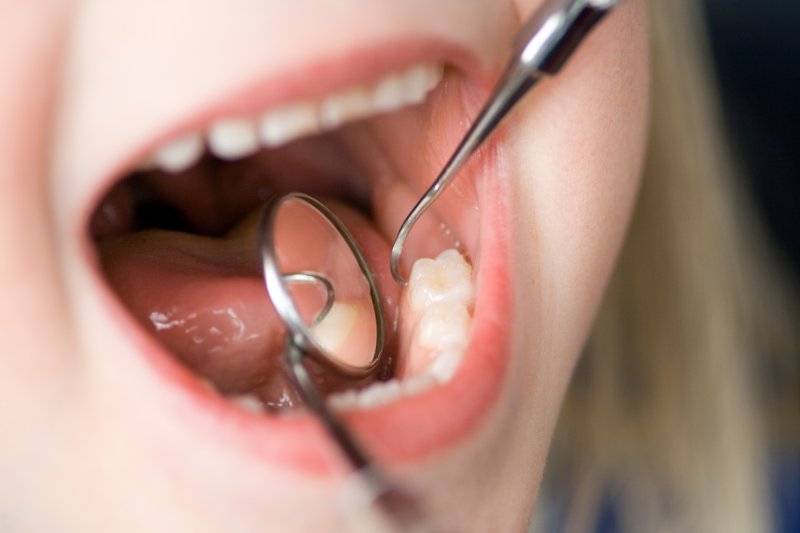
Bacteria love a habitat that is dark, damp, warm, and sheltered, and the human mouth provides such a place. Everyone’s mouth is home to teeming multitudes of oral bacteria, but there are certain measures a person can take to reduce the amounts of harmful germs that can cause oral infections. Here’s a guide to the bacteria that reside around your teeth, gums, and tongue, including how many there may be and how you can control their numbers.
How Many Bacteria Live in My Mouth?
Bacteria reproduce at remarkably rapid rates, making it impossible for anyone to say how many of these microbes live in a person’s mouth at any one time. It is estimated that between 500 and 650 distinct species of bacteria reside on the teeth, gums, and tongue and in biofilms lining the palate and the inside of the lips and cheeks of the human mouth.
In one study, researchers harvested the plaque from the surface of each tooth in a patient’s mouth, with the total mass measuring 10 milligrams. Since the teeth represent about one twentieth of the total surface area in the mouth, we can estimate that this patient had about 200 milligrams of plaque. Since one milligram of plaque contains about 100 million microbes, that means about 20 billion germs were living in this patient’s mouth. However, this is only an estimation, and the actual numbers may be higher.
How Can I Keep My Mouth Clean?
Luckily, you can keep your oral environment healthy by practicing proper oral hygiene, seeing your dentist regularly, and limiting your consumption of sugary and starchy foods and beverages. An excellent daily oral hygiene regimen includes brushing at least twice, flossing at least once, and rinsing with antibacterial mouthwash. This will kill harmful bacteria while removing the food debris that can fuel their rapid multiplication.
The American Dental Association recommends seeing your dentist for routine exams and cleanings twice a year so they can monitor your oral health, advise you on better hygiene methods, and address any problems in their early stages. Reducing your consumption of sugar and starch can lower the amount of bacteria-feeding food residue that accumulates in your mouth.
The bacterial populations in your mouth are nothing to worry about if you practice proper hygiene. With the right care, you can keep your mouth free of infection for life.
About the Author
Dr. Leslie Metzger earned her dental doctorate at the Ohio State University College of Dentistry and stays up to date with the latest developments in her field through postgraduate coursework. She is proud to be a member of the American Dental Association and the Michigan Dental Association. Her office in Farmington offers general, restorative, cosmetic, and emergency dentistry. To learn more about excellent oral care at home, contact her office online or dial (248) 476-3410.
